Born in Lyttelton in 1943, John Morrison never knew his father, a Dutch merchant seaman who died during WWII when his ship was torpedoed. The eldest of his mother’s eight children, Morrison had a tough upbringing, and there was little surplus money.
“I grew up on the wrong side of the tracks,” he wryly recalled.
Morrison’s mental escape was the marine section of the local library, where he devoured every book there was on the sea and sailing. By age 14, he’d decided to build a keeler and sail away. He gained some basic sailing experience through the local Sea Scouts and by crewing in an Idle Along. He even got to sail in the Cornwell Cup in a Z Class, but it was a keeler he wanted.
Morrison chose a William Atkin Thistle design, a 10m, double-ended ocean cruiser. The Thistle was the flush deck version of Atkins’ Eric design, both inspired by Colin Archer pilot cutter designs.
Morrison saved the money for Atkin’s plans from his newspaper round in Lyttelton. His round included American ships en route to Operation Deep Freeze, and the sailors paid for their papers in US dollars, which Morrison religiously saved. He eventually sent 20 US dollars in an envelope to Atkin in America.
“There were five blueprint sheets and a table of offsets; it was an exciting day getting them.”
Originally, Morrison had arranged a boatbuilding apprenticeship with Miller’s Boatbuilders in Lyttelton, but when Sinclair Melbourne bought them out, this opportunity closed. Instead, in 1959, Morrison began an apprenticeship in carpentry and joinery with Christchurch-based builders Painter & Hamilton. Morrison was able to buy all the timber for his yacht through Painter & Hamilton: kahikatea for the planking, Southland beech for the frames, and Australian tallowwood for the backbone and floors. The kahikatea logs were ripped up into 32mm-thick planks and sent off to be treated before being stacked and filleted for drying.
Morrison lofted his yacht’s lines onto craft paper on the floor of the Lyttelton RSA, using lead weights to hold the battens as he wasn’t allowed to drive nails into the floor. With the moulds completed, he set these up on the yacht’s backbone on the front of his mother’s house at 12 Ripon Street. The local council wouldn’t allow him to build a shed, so Morrison assembled a corrugated iron roof, held together with twisted wires, which couldn’t be classed as a building. However, there was no mistaking what was happening beneath his rough structure, and the part-built yacht became locally known as the Ark.
The kahikatea planking stock was ripped into strips, 44mm wide by 32mm thick, with concave and convex edges, then nailed and glued together with Aerodux, then the premier boatbuilding glue.
Morrison’s boatbuilding drew professional interest, particularly from boatbuilder Lionel Jeffcott and then Harbourmaster Captain Champion, who had previously skippered the Pamir.
Morrison worked as an apprentice for 45 hours a week, and any spare time was spent building his yacht.
“For three years, I did nothing else. If I needed a break, I would take off on my motorbike around the Port Hills.”
Following a suggestion from Jeffcott, he built a fixed doghouse over the companionway for weather protection.
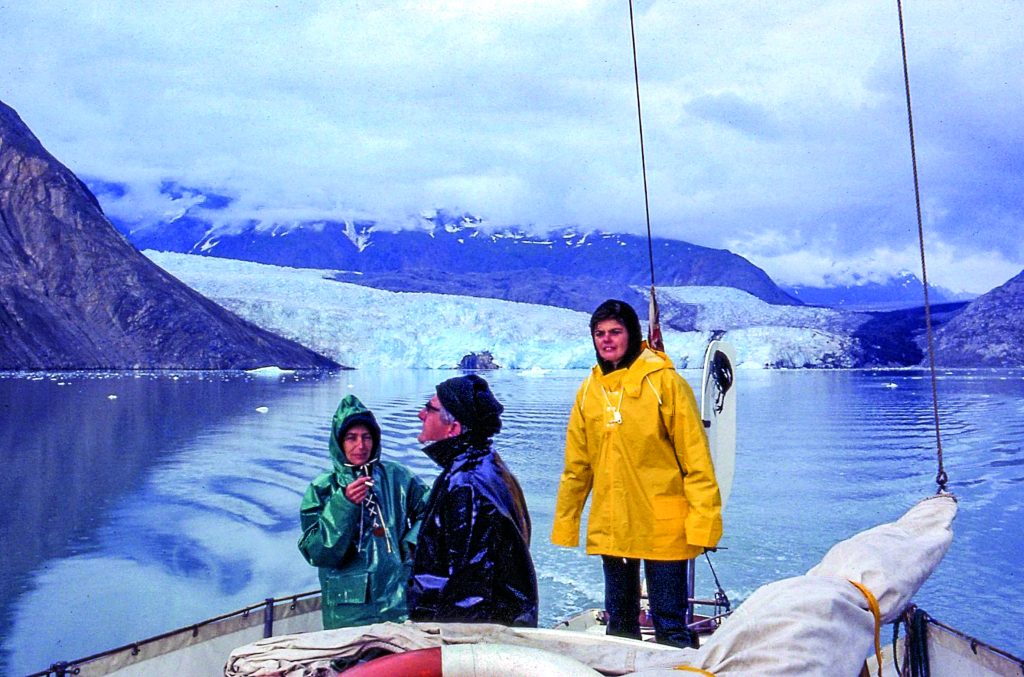
Morrison launched Maristela in October 1967, with many of Lyttelton’s residents watching. Six weeks later, he was laid up for six months without work after a motorcycle accident on his Francis Barnett 250.
When he recovered, he got a boatbuilding job with the late Jack Cropp, who, with the late Peter Mander, had won a gold medal at the 1956 Olympics in the Sharpie class.
“Jack and Lionel were my mentors; they made sure I did everything properly.”
Morrison sailed Maristela from Lyttelton in 1967 and spent the next 12 months shaking down in New Zealand waters. He spent four months in Picton working for Pop Jorgenson and another two months in Tauranga working as a builder.
In 1968, with a cruising kitty of $1000, Morrison cleared Whangarei customs single-handed for New Caledonia. He had no self-steering when he left; fortunately, Atkin’s double-ended hull shape would hold a reasonable course upwind with a lashed helm once the sails were set correctly.
After New Caledonia, Morrison sailed to Brisbane, where he spent four months working, and then headed south to Sydney for another two months. In 1969, he sailed back to Brisbane and then Townsville, where he built a self-steering vane. To give the vane clearance, Morrison cut 900mm off the boom and mainsail, later finding this alteration made Maristela sail better.
After spending four months cruising the Great Barrier Reef, Morrison visited Thursday Island, East Timor, Bali, and then, after taking on an Englishman as crew, sailed across the Indian Ocean to Durban, South Africa via Christmas Island, the Cocos Keeling Islands, Rodrigues, Mauritius, Réunion, and Madagascar.
Within days of arriving in Durban, Morrison obtained
a third mate’s position on a freighter and spent many months travelling between Durban, westwards around the Cape of Good Hope and up to Matadi on the Congo River, then back around the Cape and north up to Mozambique.
“I did think about making a career of this but decided I enjoyed sailing more and building things with my hands.”
Instead, after his merchant shipping sojourn, Morrison returned to Maristela and sailed to East London, then on to Cape Town for two months. There, he met a young local girl, Jackie North, who then joined the yacht. Her parents were happier when a young South African man also joined the crew.
In 1971, the trio sailed Maristela along the time-honoured route catching the SE trades winds to St. Helena, the Ascension Islands, the Azores – where the third crew member left – and then on to Falmouth in the UK.
“From the Azores it was upwind the whole way to Falmouth, a hard slog.”
There, Morrison took a boatbuilding job at Souters Boatyard on the Isle of Wight, where he met local yacht designer/builder Uffa Fox.
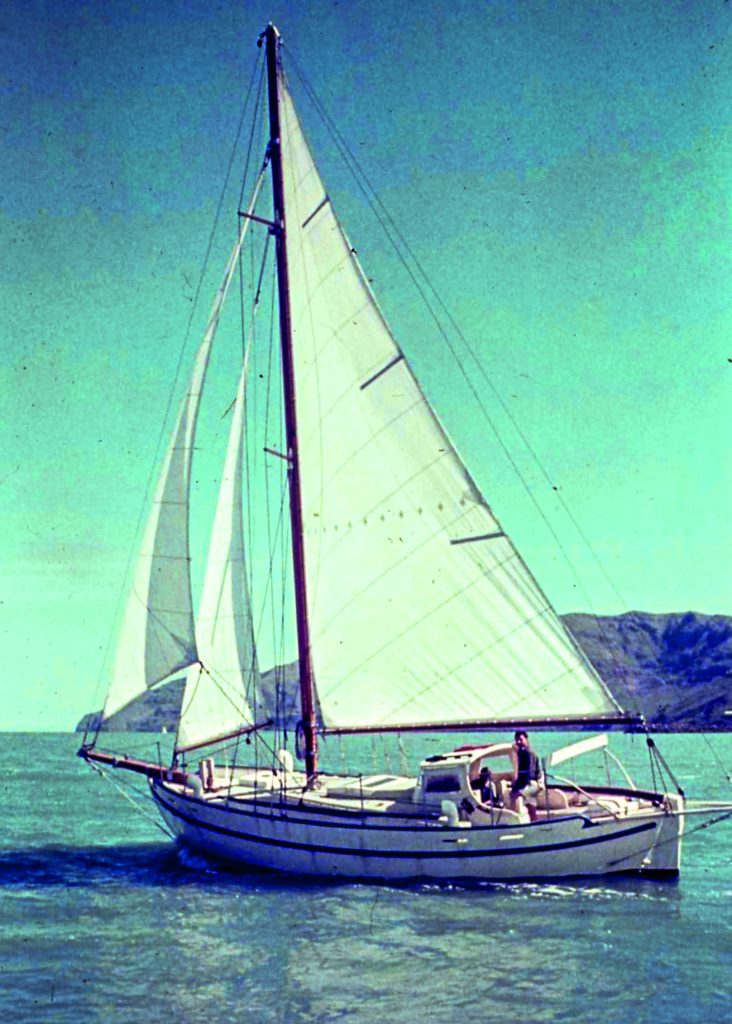
After three months in the UK, in 1971 Morrison and North crossed the Atlantic via France, Spain, and Portugal, then to the Caribbean, passing through Funchal and Tenerife, before heading to Antigua, Grenada, Dominica, Venezuela, and on to Panama, where they obtained a US visa. After exiting the canal, the couple sailed north to Costa Rica, then continued to Los Angeles, California, arriving in June 1972.
With Maristela moored in San Pedro, Morrison then became involved in building boats, including a GRP production boat, a 4.8m wherry based on Howard Chapelle’s design, similar to a Whitehall.
“We built about 40 of these. I made the wooden moulds and plugs.”
After this, Morrison got into cabinetmaking and eventually began project managing house construction for wealthy Californians.
“It was a great time to be in the USA after the Vietnam War; everything was booming.”
North returned to South Africa during this time, but after 18 months apart, she decided her future was with Morrison and returned. In 1974, the couple sailed to Hawaii and then to Sitka, Alaska, where they got married. Jackie’s parents flew over for the occasion and spent time with the newly-married couple cruising Glacier Bay.
After some months cruising there, the Morrisons sailed back to LA via Vancouver and returned to building houses. Morrison eventually obtained his green card, and the couple spent the next decade in LA, buying and selling fixer-upper properties and raising two sons, Weston and Fletcher. Morrison fitted a new Volvo Penta MD3B diesel to replace the old Lister SR2.
In 1984, with Weston and Fletcher aged five and three respectively, the Morrison family sailed Maristela northward around the Pacific high to Kodiak, Alaska. Morrison took a job on a fishing boat for a month, then they sailed across the Gulf of Alaska to Sitka to celebrate their 10th wedding anniversary. With winter approaching, they sailed south to Los Angeles from where, after stocking Maristela, they set sail for New Zealand.
They followed the usual route across the Pacific – Marquesas, Tuamotus, Papeete and Tonga – before sailing Maristela down the east coast of New Zealand to Lyttelton in 1985, a 17-year, 8-month circumnavigation, totalling 57,177 nautical miles.
The family spent most of the next decade in California, where Morrison project-managed several high-end property builds, with regular trips to Nelson to check on Maristela, as well as trips to Alaska.
“Alaska is my favourite place out of all the places we visited,” said Morrison.
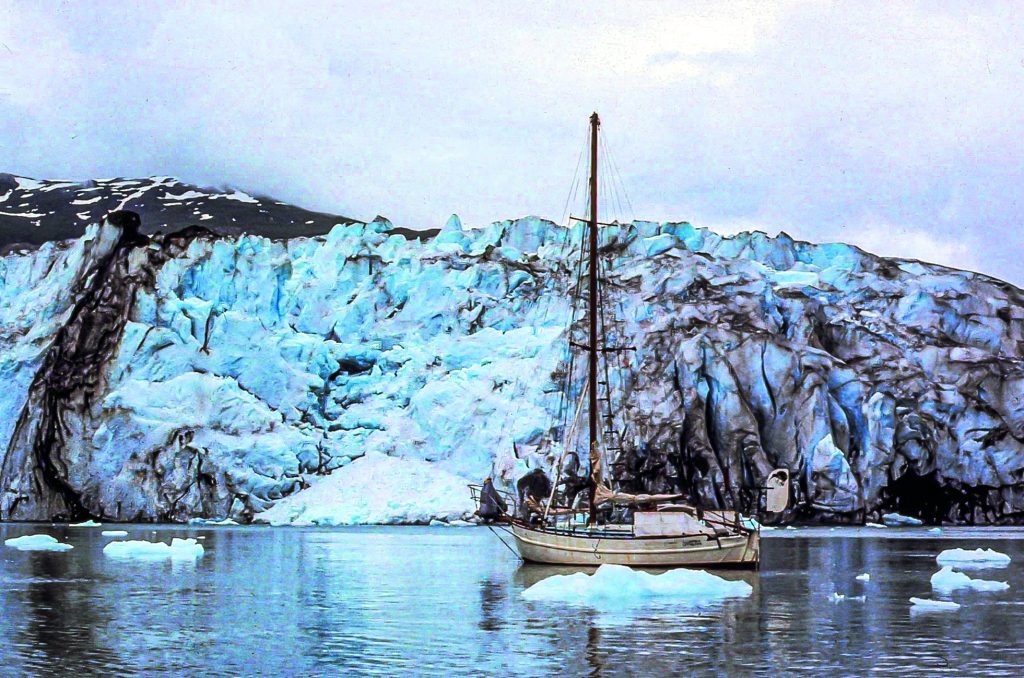
The Morrisons have undertaken several Pacific voyages aboard Maristela since then, including trips to Fiji, the 2009 Hobart Wooden Boat Festival, multiple visits to Tonga and New Caledonia. Morrison retired in 2002 and rebuilt a house in Ruby Bay near Nelson.
He made several trips back to the USA for specific work contracts. One of the more interesting commissions was building a large bed for the singer-actress Cher in her spacious condominium in Beverly Hills, Los Angeles.
“This bed was made from recycled wood from an Indonesian Temple.”
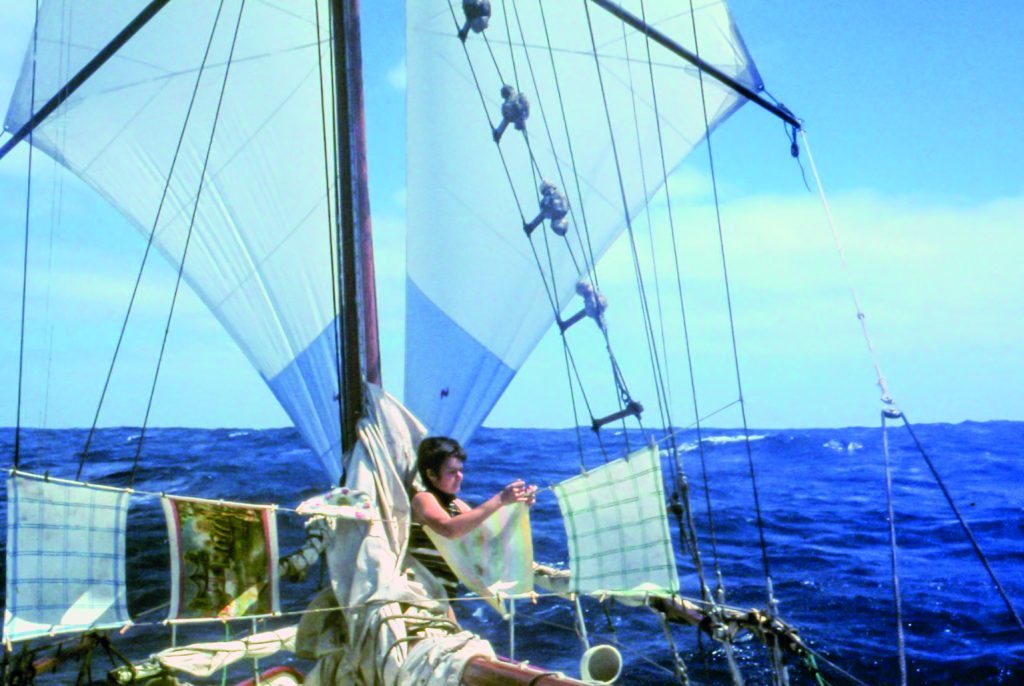
They still own Maristela, and for a 60-year-old yacht, she’s in fine shape. There have been occasional glue failures in some of the scarfed joins in the kahikatea planking, which Morrison has repaired with epoxy; however, the treated kahikatea has remained sound. Her wooden mast, originally built by Jeffcott for another yacht, is doing a fine job, as are most of the original metal fittings, which Lyttelton Engineering built.
However, now aged 82, Morrison has no plans for any more ocean passages,
“It’s just excessively complicated to get Cat One. When I built her [Maristela], I registered her in the UK, but I changed this to the NZ registry when I got back. That was my biggest mistake; Cat One is now a lot of unnecessary bureaucracy.”
While the Morrisons mostly live in Nelson, their children have carved out careers in Alaska. Fletcher owns a 15m salmon purse seiner, while Weston works as a ski patroller and mountain rescuer. Both have dual passports, so moving between New Zealand and Alaska has been easy.
With their two grandchildren now located in Alaska, the couple regularly return there, often fitting in a side trip to LA to visit friends there. It’s fascinating to note that the Morrisons arrived in the USA aboard the Maristela with virtually nothing but their skills and experience and have achieved a happy and fulfilled retirement.
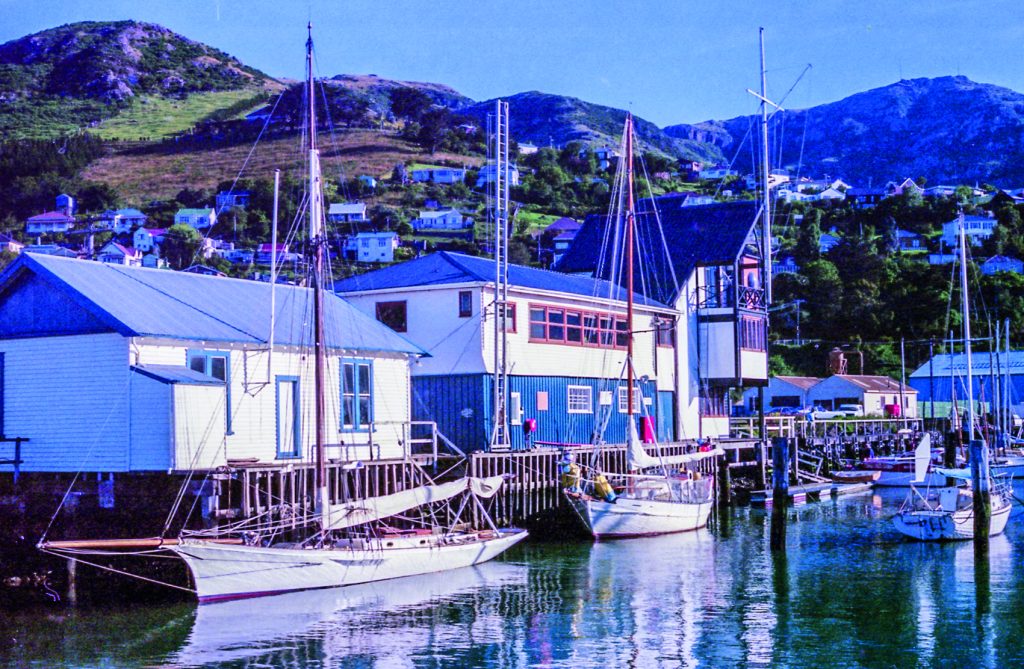
Morrison’s story is an inspirational one, proof that one’s birth circumstances are not a determining factor; attitude is everything. A clear goal, then carrying that out with commitment, grit and determination, can overcome almost anything.
For someone who never knew his father and left school at 15, John Morrison, you’ve done outstandingly well.








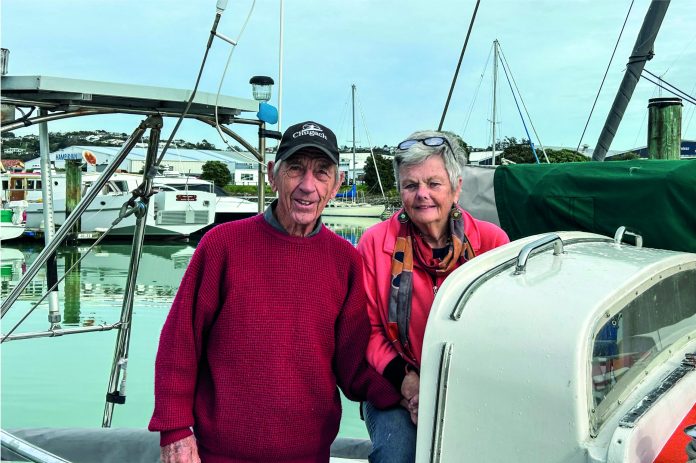

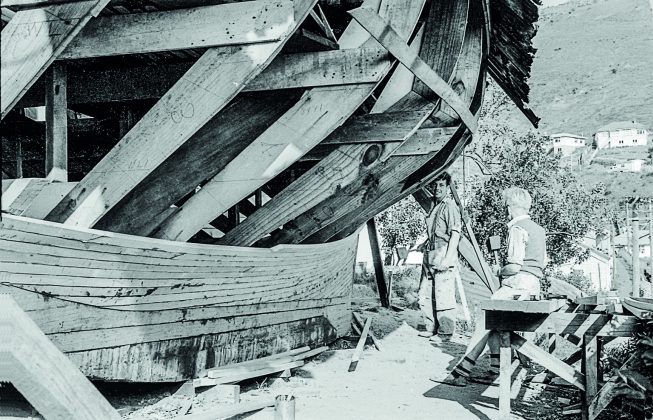
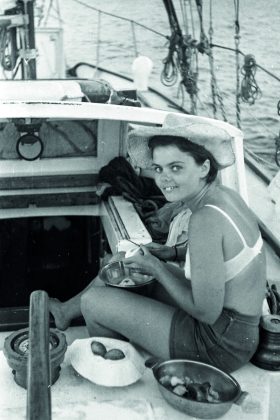
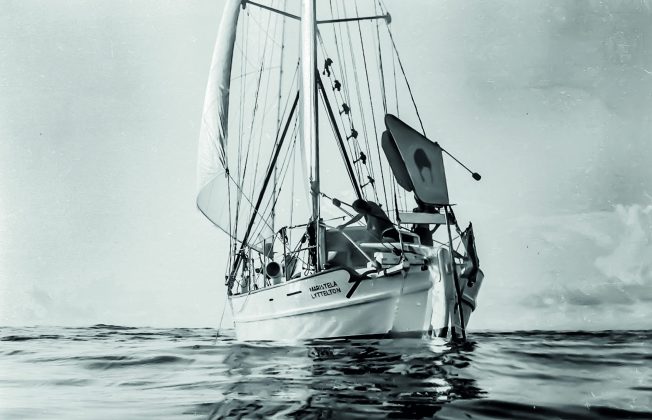


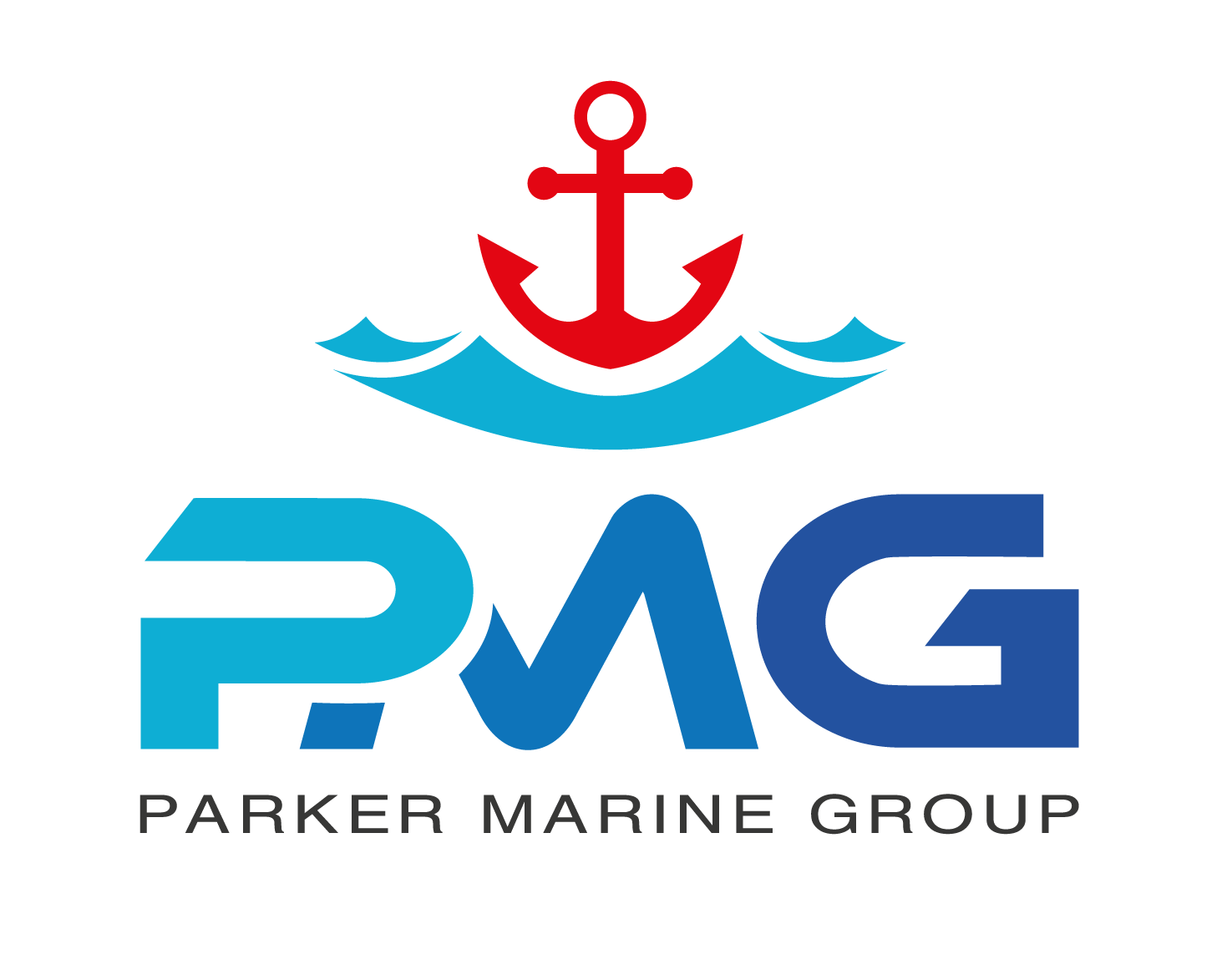

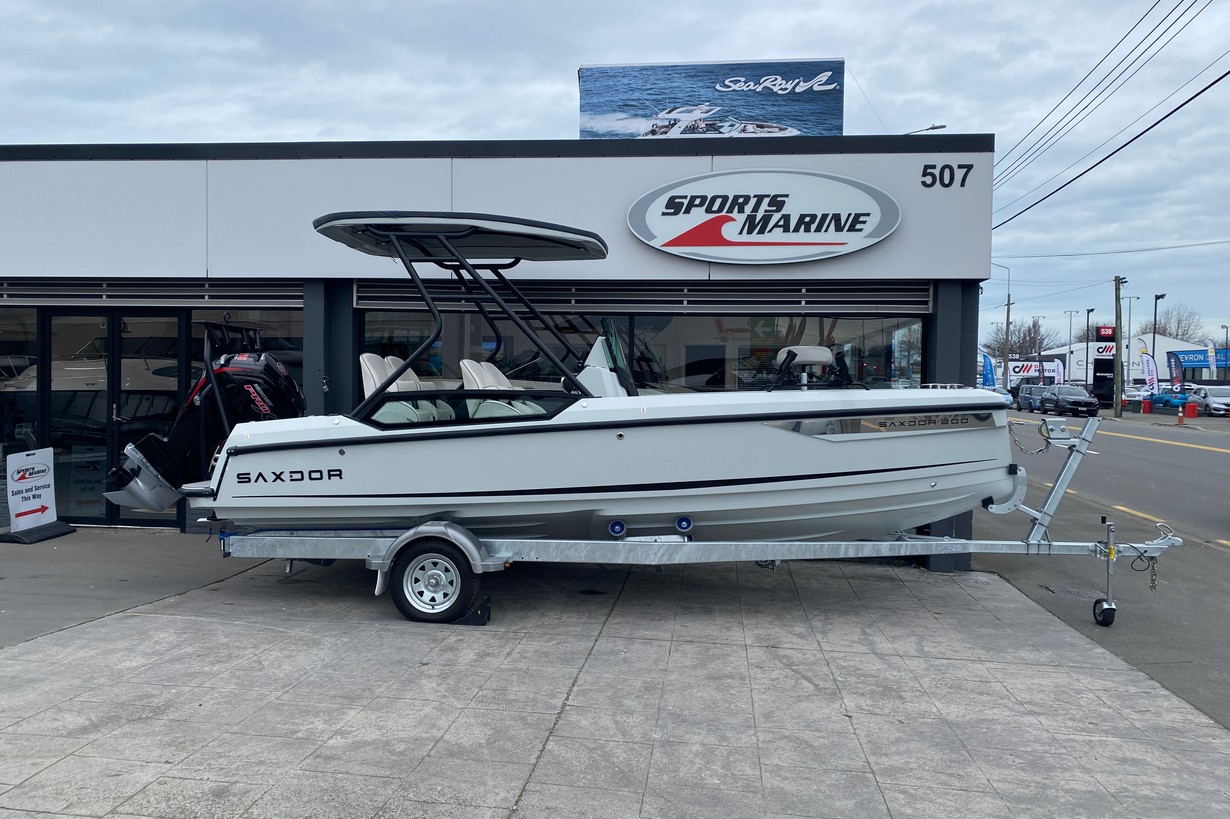
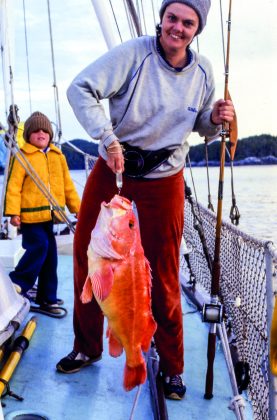



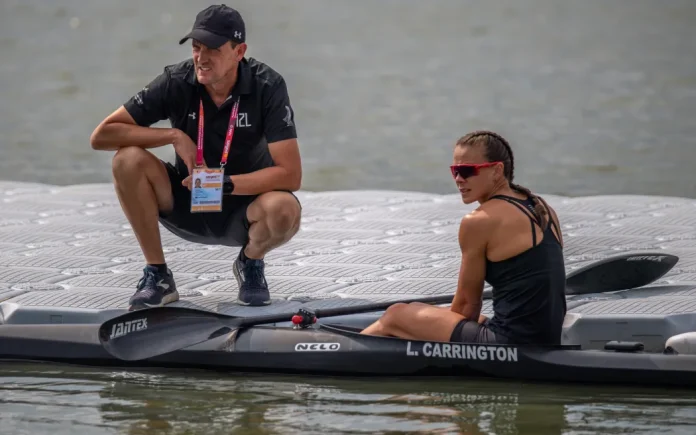

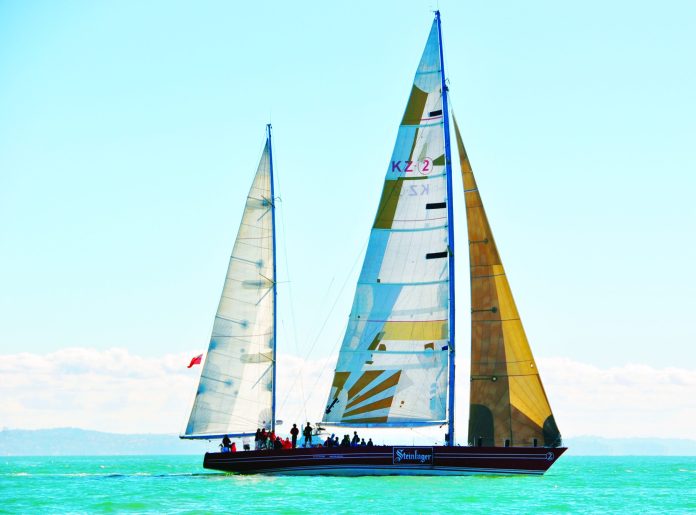
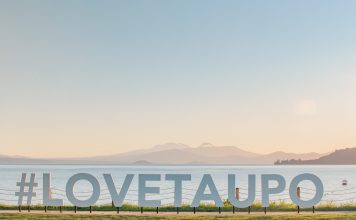
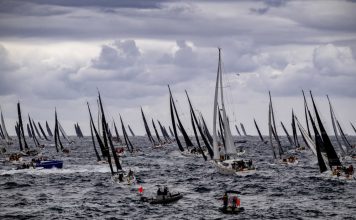
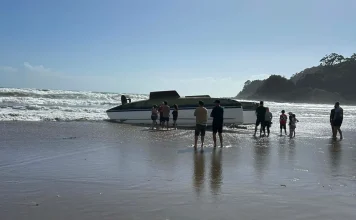
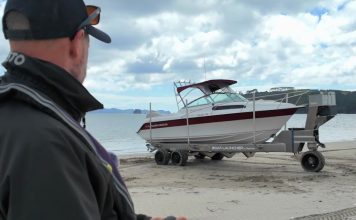

Very good, i really enjoyed reading about John’s life and voyages.
Davey Jones